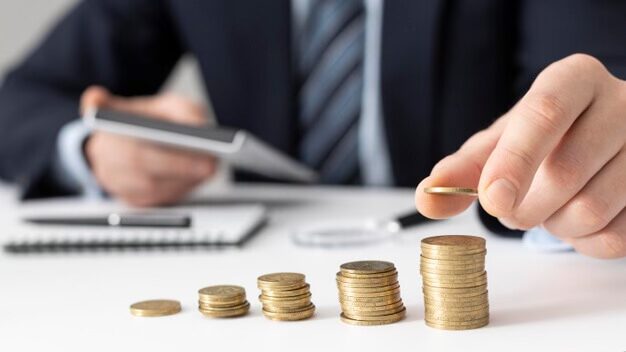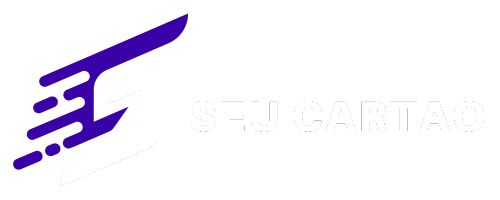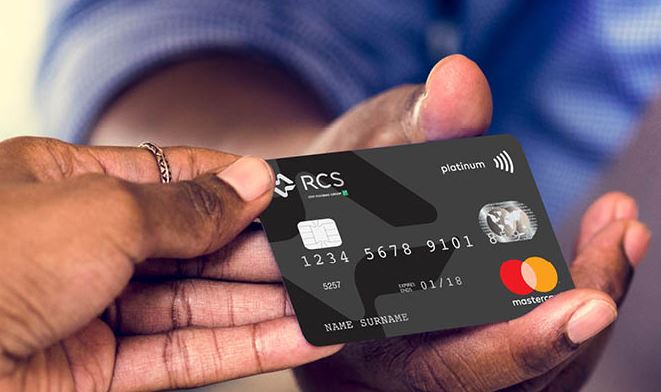Debt free – let’s talk about this? As the year draws to a close, many of us start reflecting on our finances, considering what we accomplished and what still needs to be addressed. If you’re looking to finish the year without debt, it’s important to approach the situation with a clear plan and realistic goals.
Getting rid of debt isn’t always easy, but with the right strategies, you can enter the new year with a fresh financial start.

Why Is Being Debt-Free Important?
Being debt-free means more than just having no outstanding balances—it’s about financial freedom and peace of mind. When you don’t owe money, you can save more, invest more, and plan for the future without the stress of monthly payments. A debt-free life offers more flexibility, security, and the opportunity to focus on achieving your financial goals rather than managing debt.
Step 1: Assess Your Current Financial Situation – Debt free
Before you can pay off your debt, you need to understand exactly where you stand. Start by listing all of your debts, including credit cards, loans, mortgages, and any other obligations. Take note of the following details for each debt:
- Total amount owed
- Interest rate
- Minimum monthly payment
- Due date
Knowing this information will help you prioritize which debts to pay off first and develop a realistic repayment strategy.
Create a Budget – Debt free
Once you have a clear picture of your debts, create a budget that outlines all your income and expenses. By tracking where your money is going, you can identify areas to cut back and free up more funds for paying down debt. Use the “50/30/20 rule” as a guideline:
- 50% of your income goes toward needs (housing, utilities, groceries)
- 30% goes toward wants (entertainment, dining out)
- 20% goes toward savings and debt repayment
If you can reduce your spending on non-essential items, you can allocate more money to pay off your debt.
Step 2: Prioritize Your Debts – Debt free
Not all debts are created equal. Some carry higher interest rates than others, which means they are costing you more in the long run. There are two main strategies for prioritizing your debts:
Debt Avalanche Method
This method focuses on paying off the debt with the highest interest rate first. By doing so, you reduce the amount of interest you pay over time, allowing you to become debt-free faster.
Debt Snowball Method
The debt snowball method involves paying off the smallest debts first. While this approach doesn’t minimize interest as quickly as the avalanche method, it offers quick wins and can help build momentum and motivation as you pay off debts.
Choose the method that best suits your personality and financial situation. The key is to stick with it and remain committed to paying down debt.
Step 3: Look for Extra Sources of Income – Debt free
If you’re struggling to make significant progress with your current income, consider finding additional ways to earn money. Here are a few options:
- Freelance or Gig Work: Take on a side hustle in areas where you have expertise, such as writing, design, tutoring, or ridesharing.
- Sell Unused Items: Go through your home and sell items you no longer need. Platforms like eBay, Craigslist, or Facebook Marketplace make it easy to turn unused belongings into cash.
- Part-Time Job: Consider picking up a part-time job to boost your income temporarily while you work toward paying off your debt.
Even small increases in your income can make a big difference in how quickly you can pay down debt.
Step 4: Negotiate Lower Interest Rates or Consolidate Debt
If your debts have high-interest rates, it may be worth negotiating with your creditors for a lower rate. Many creditors are willing to work with you if you’re making a good faith effort to pay down your debt. A lower interest rate means more of your payment goes toward reducing the principal balance.
You can also explore debt consolidation options. Debt consolidation involves combining multiple debts into a single loan with a lower interest rate. This can make your payments more manageable and reduce the overall interest you pay.
Step 5: Avoid Taking on New Debt
As you work to eliminate your current debt, it’s important to avoid accumulating more. It can be tempting to make holiday purchases or splurge on sales at the end of the year, but adding more debt will only delay your progress. If necessary, avoid using credit cards altogether until you’re debt-free.
Create an Emergency Fund
One of the best ways to prevent going back into debt is by building an emergency fund. Aim to save at least 3-6 months’ worth of living expenses. This fund will serve as a safety net in case of unexpected expenses, such as medical bills or car repairs, and can help you avoid relying on credit cards in times of financial need.
Step 6: Celebrate Your Progress
As the year comes to an end, take a moment to celebrate your accomplishments, whether you’ve completely paid off your debt or made significant progress. Acknowledge your hard work and commitment to getting out of debt. This will motivate you to continue making smart financial decisions in the new year.
Final Thoughts
Finishing the year without debt is a powerful goal, and while it requires discipline, determination, and a clear plan, it is entirely achievable. By assessing your financial situation, prioritizing your debts, finding extra income sources, and avoiding new debt, you can set yourself up for financial success in the future. Take control of your finances today, and enter the new year with the peace of mind that comes from being debt-free.





